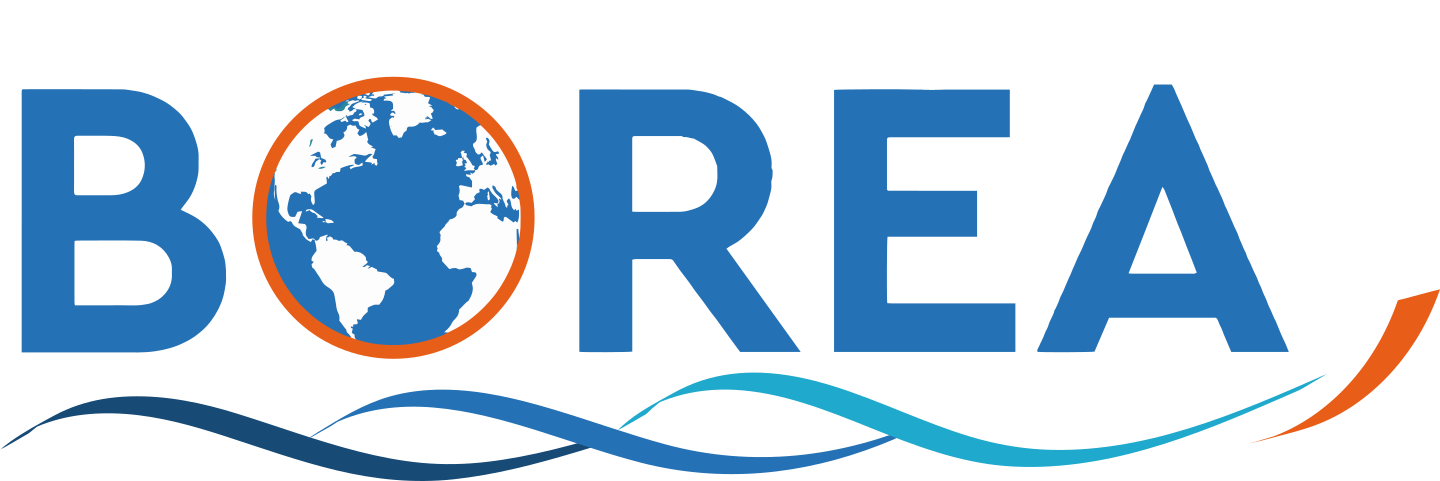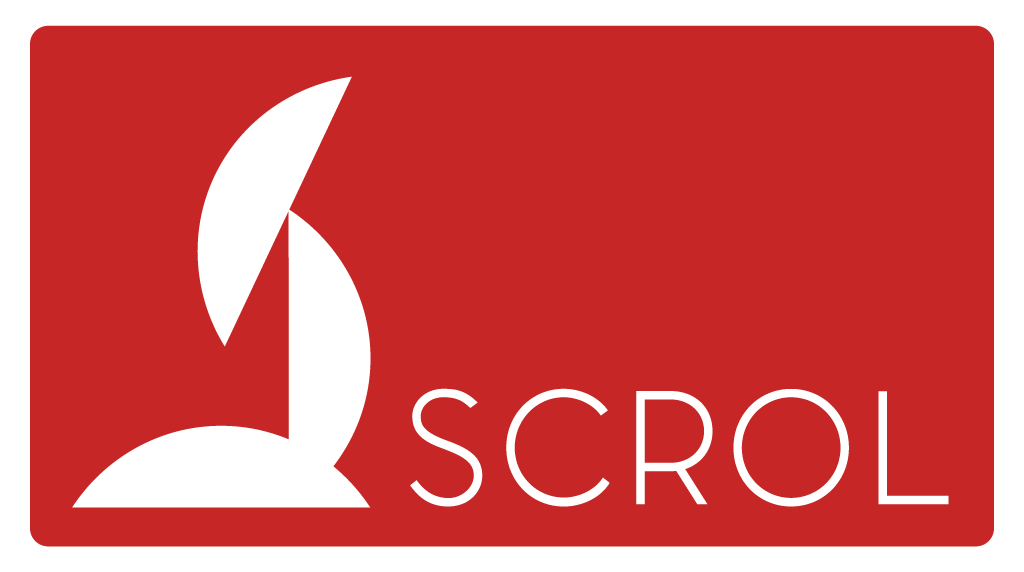Journal
The Water Framework Directive (article 2, paragraph 21) as well as the Marine Strategy Framework Directive (MSFD, Descriptor 4) stress the need for assessing the quality of the structure and the functioning of ecosystems. The MSFD also underlines the urgent need for development, testing, and validation of ecosystem state indicators. Holistic function-based criteria and indicators as provided by Ecological Network Analysis (ENA) could be used to define and assess the ‘Good Environmental Status’ of marine ecosystems. This approach also feeds Ecosystem Based Management (EBM). ENA generally analyses the fluxes’ quality of a single medium such as here the carbon fluxes in a food web and produces a number of useful metrics that indicate, inter alia, the total carbon flow through the system, the quality of the functioning of the system or the trophic efficiency of system. A short list of indices [i.e. Detritivory over Herbivory ratio (D/H), Connectance Index (CI), Transfer Efficiency (TE) over trophic levels, System Omnivory Index (SOI), Finn's Cycling Index (FCI), relative Redundancy (R/DC), Average Mutual Information (AMI) and Interaction Strength (IS)] is proposed for practical use. This paper presents a first framework for OSPAR Regional Sea Convention food web indicators based on ENA. These are presented here focusing on their applicability and what is needed for implementation, illustrating their potential use by case studies. © 2019 Elsevier Ltd

